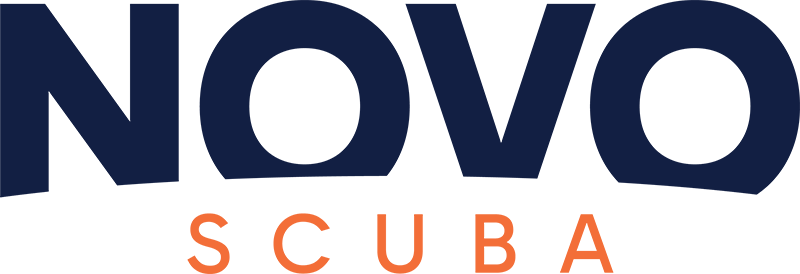Learning underwater skills can be challenging for new divers. Some will feel more comfortable than others; therefore, we allow you to organise your training based on your student confidence and comfort level. Remember! Do not skip any of the required skills.
The best technique is to start with a simple skill and build it into a more complex one, such as starting with a partially flooded mask before moving to mask removal and replacement.
Always connect with your students on how they feel during the training session. Constantly assess their stamina and readiness to take on new information.
Introduce neutral buoyancy/fin pivot position as early as possible so student divers can practice their buoyancy while learning other skills. It doesn’t have to be perfect. Just encourage your students to practice neutral buoyancy in a horizontal position with the tips of the fins resting on the bottom for better balance.
Below is an example of how to organise the skills required for the Independent Diver Course in Confined Water
You’ll need to practice Equipment assembly and disassembly at least three times during your training, but you can do it at any point during the course.
Perform a buddy check before any in-water activity
Buddy check:
Buoyancy (inflate, deflate, manually inflate, check quick release dump valves)
Weights (weight belt right-hand release, integrated weights secure)
Equipment and Extras (all releases, additional accessories and equipment components secured)
Gas (check pressure, breathe from both regulators, check the air doesn’t have any odour)
Final ok (Fins, mask, buddy ready, feeling good)
Teach entries and exits appropriate to your diving environment
Segment 1: The Basics
- Hand signals
- Equalisation techniques (gently practice on the surface)
- BCD inflation and deflation at the surface
- BCD oral inflation on the surface
- Snorkel clearing
- Snorkel swim with full dive equipment
- Snorkel to regulator exchange at the surface
- Cramp release
Segment 2: Shallow Water
- Breathing underwater
- Practice mask-clearing techniques without water inside the mask
- Neutral Buoyancy
- Regulator clearing
- Regulator Recovery
- Partial mask flood and clear
- Fully Flooded mask clear
- Mask removal, no mask breathing and mask replacement
Segment 3: Managing Gas Emergencies
- Free flow regulator
- Air depletion
- Out-of-gas simulation and alternate air source use.
- Practice as a donor and receiver. Perform skills stationary. Simulate ascent position (buddy delivers alternate air source)
- Out-of-gas simulation and alternate air source use.
- Practice as a donor and receiver. A diver out of gas takes the alternate air source from a buddy (located in the triangular area between the chin and the rib cage) and ascends in a controlled way with the buddy. After reaching the surface, both divers must establish positive buoyancy using an appropriate method of BCD inflation.
- Out-of-gas simulation when their buddy is not present — controlled out-of-gas ascent / CESA (optional)
Segment 4: Equipment (on the surface or underwater):
- Re‐securing a loose cylinder band (on the surface or underwater)
- Disconnect and reconnect LPI (on the surface or underwater)
- Removal and replacement of the weight system (on the surface and underwater)
- No mask swim (underwater)
- BCD removal and replacement (on the surface)
- Emergency weight drop (on the surface)
- Tired diver tow (on the surface)
Segment 5: Mastering General Diving Skills.
- Proper descent procedures (e.g. equalising pressure in ears and mask),
- Hover
- Swim underwater efficiently with appropriate buoyancy and control,
- Buddy-system techniques (e.g. appropriate hand signals, staying close, monitoring the buddy),
- Monitoring instruments
- Proper ascent procedures
- Weight check
- Snorkeling dive
- Snorkelling team skills
- Equipment care and maintenance.
